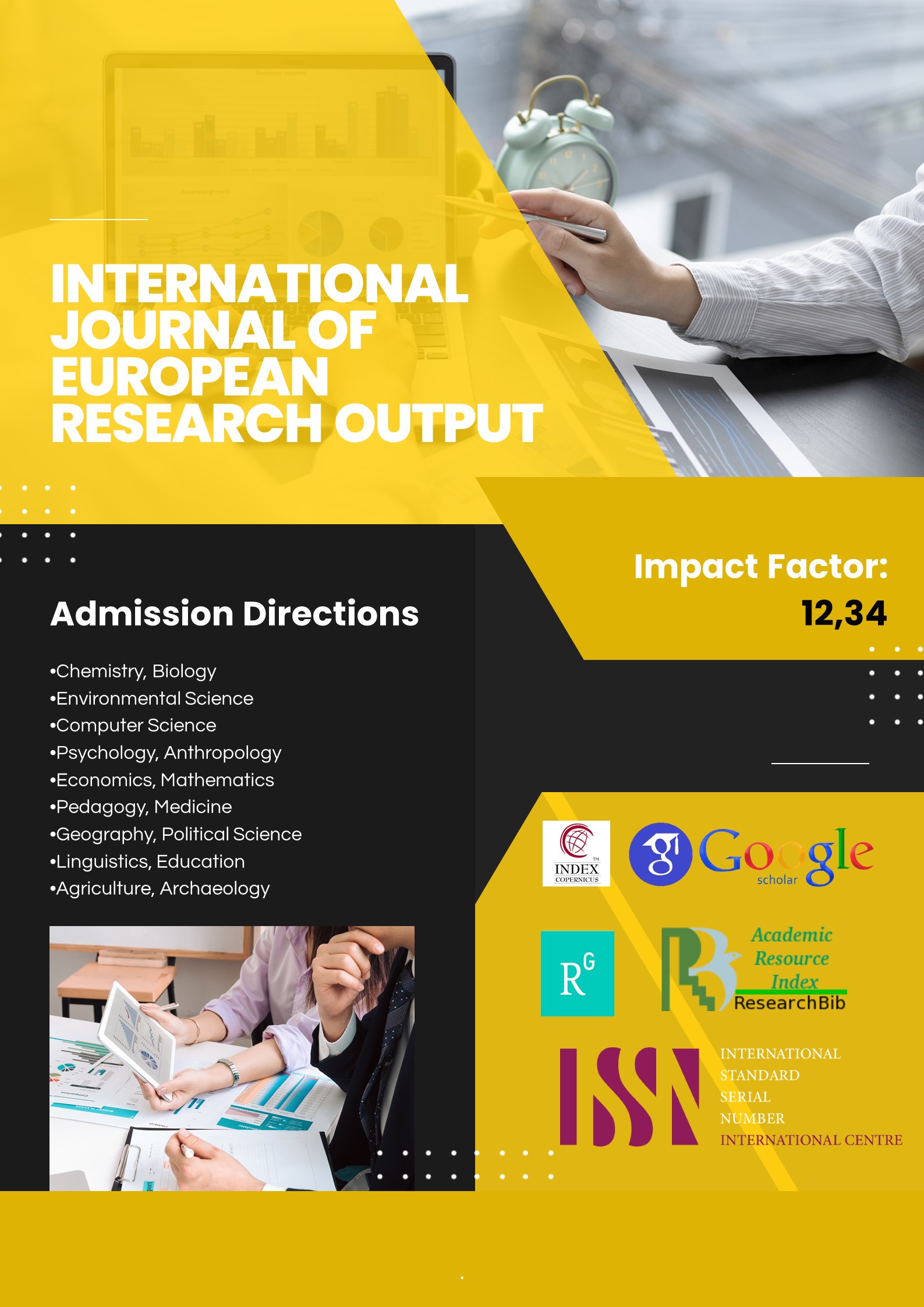THE ROLE OF VIRTUAL LABORATORIES IN DISTANCE LEARNING IN PHYSICS
Main Article Content
Abstract
Virtual laboratories have emerged as a promising tool for enabling hands-on physics learning in distance education. This article explores the role and effectiveness of virtual labs in teaching physics concepts, developing scientific skills, and engaging students in an online environment. However, challenges include technical limitations, reduced student-instructor interaction, and difficulty replicating certain hands-on experiences. Effective integration of virtual labs requires careful design considering learning objectives, interactivity, student engagement, and alignment with course curriculum. Future research should examine long-term impacts, investigate effective pedagogical approaches, and develop best practices for implementation. With ongoing technological advancements, virtual laboratories will likely play an increasingly important role in distance physics education.
Article Details
References
Bhargava, P., Antonakakis, J., Cunningham, C., & Zehnder, A. T. (2006). Web-based virtual torsion laboratory. Computer Applications in Engineering Education, 14(1), 1-8.
Ödalen, J., Brommesson, D., Erlingsson, G. Ó., Schaffer, J. K., & Fogelgren, M. (2019). Teaching university teachers to become better teachers: the effects of pedagogical training courses at six Swedish universities. Higher Education Research & Development, 38(2), 339-353.
Darrah, M., Humbert, R., Finstein, J., Simon, M., & Hopkins, J. (2014). Are virtual labs as effective as hands-on labs for undergraduate physics? A comparative study at two major universities. Journal of Science Education and Technology, 23(6), 803-814.
Dervić, D., Glamočić, D. S., Gazibegović-Busuladžić, A., & Mešić, V. (2018). Teaching physics with simulations: teacher-centered versus student-centered approaches. Journal of Baltic Science Education, 17(2), 288-299.
Hatherly, P. A., Jordan, S. E., & Cayless, A. (2009). Interactive screen experiments: innovative virtual laboratories for distance learners. European Journal of Physics, 30(4), 751-762.
Brinson, J. R. (2015). Learning outcome achievement in non-traditional (virtual and remote) versus traditional (hands-on) laboratories: A review of the empirical research. Computers & Education, 87, 218-237.
de Jong, T., Linn, M. C., & Zacharia, Z. C. (2013). Physical and virtual laboratories in science and engineering education. Science, 340(6130), 305-308.
Lowe, D., Newcombe, P., & Stumpers, B. (2013). Evaluation of the use of remote laboratories for secondary school science education. Research in Science Education, 43(3), 1197-1219.
Pyatt, K., & Sims, R. (2012). Virtual and physical experimentation in inquiry-based science labs: Attitudes, performance and access. Journal of Science Education and Technology, 21(1), 133-147.
Domínguez, J. C., Miranda, R., González, E. J., Oliet, M., & Alonso, M. A. (2018). A virtual lab as a complement to traditional hands-on labs: Characterization of an alkaline electrolyzer for hydrogen production. Education for Chemical Engineers, 23, 7-17.
